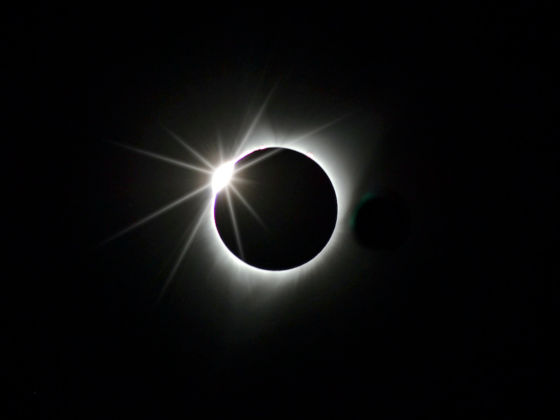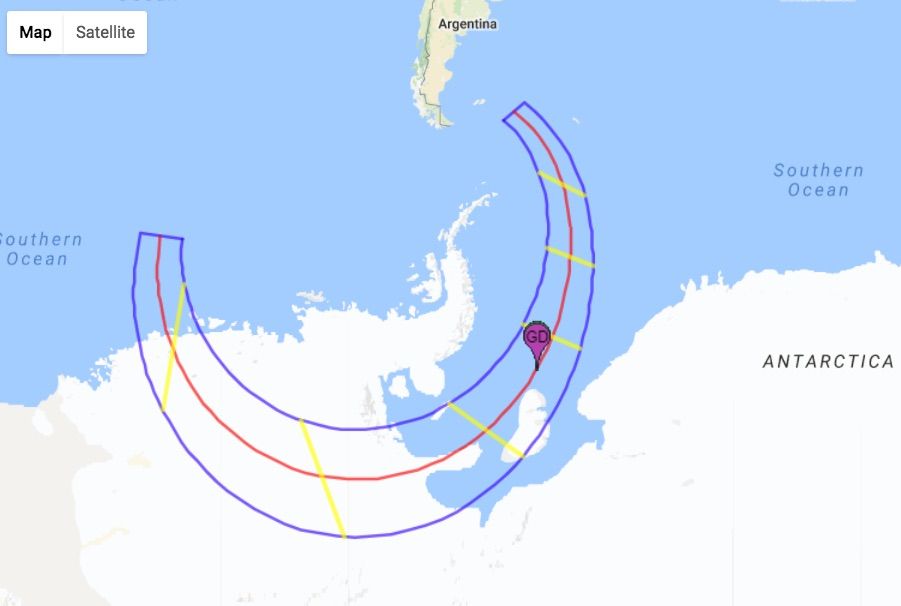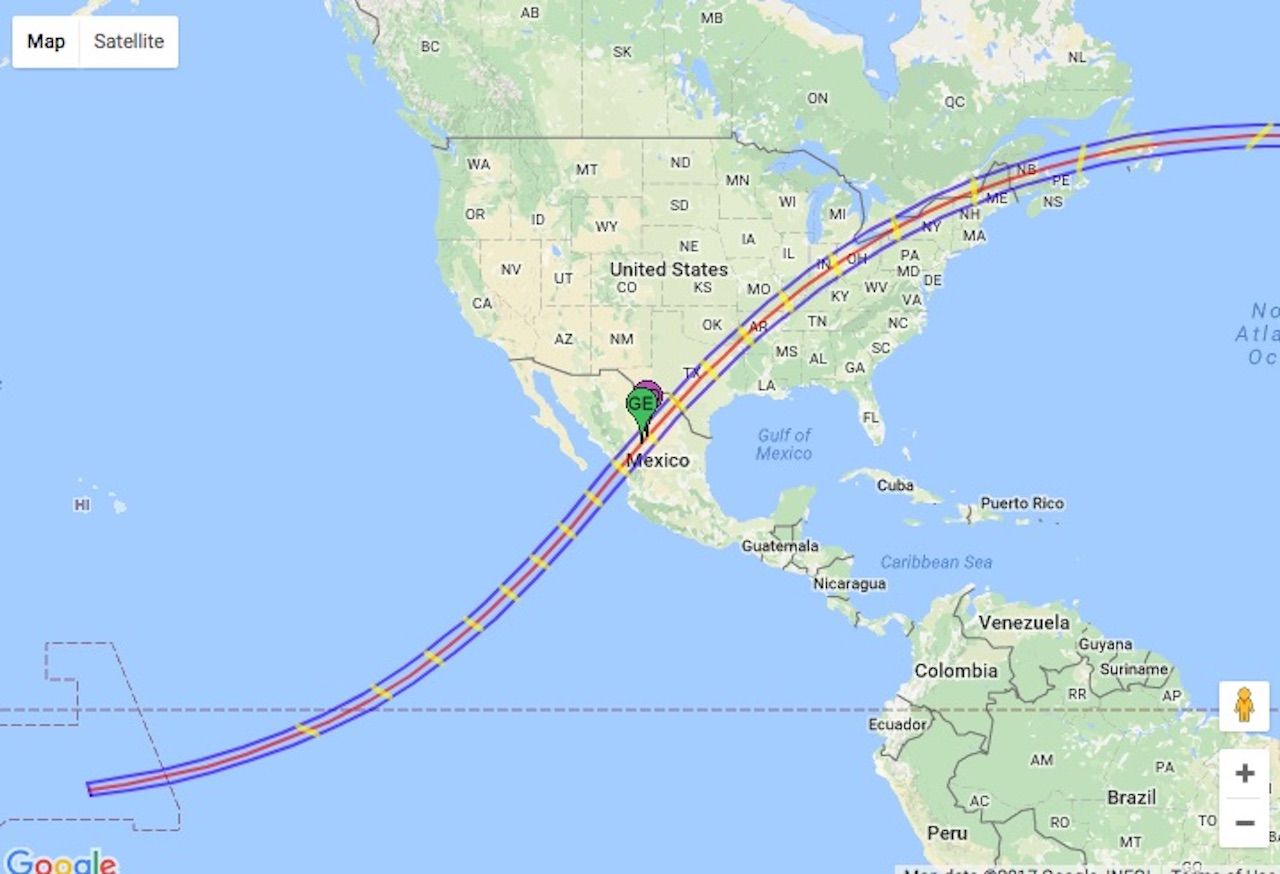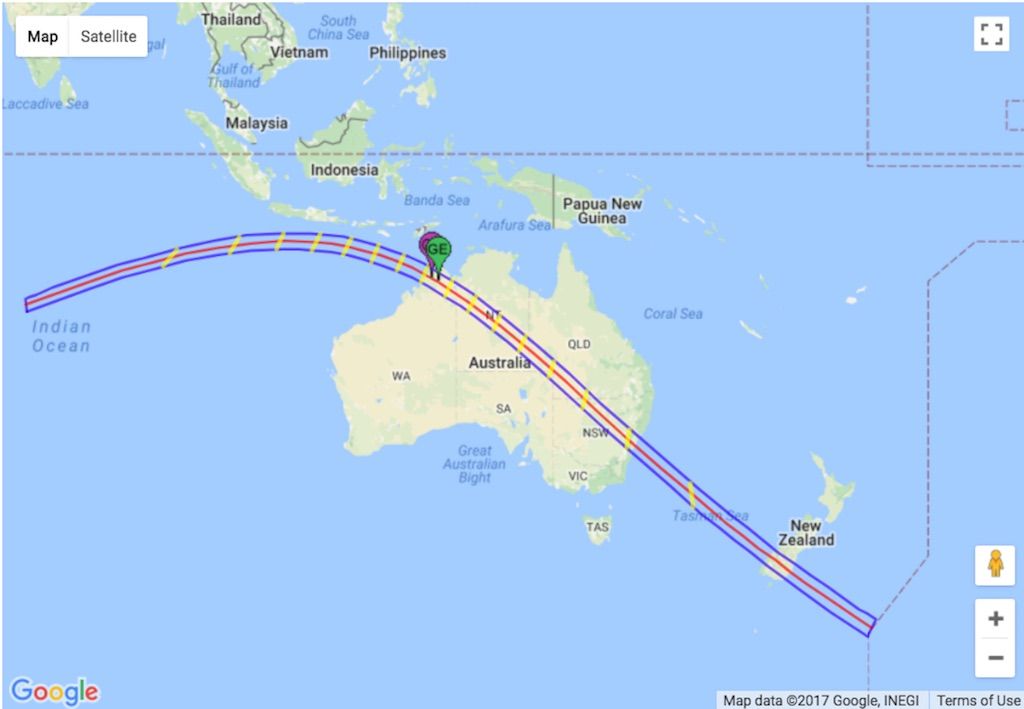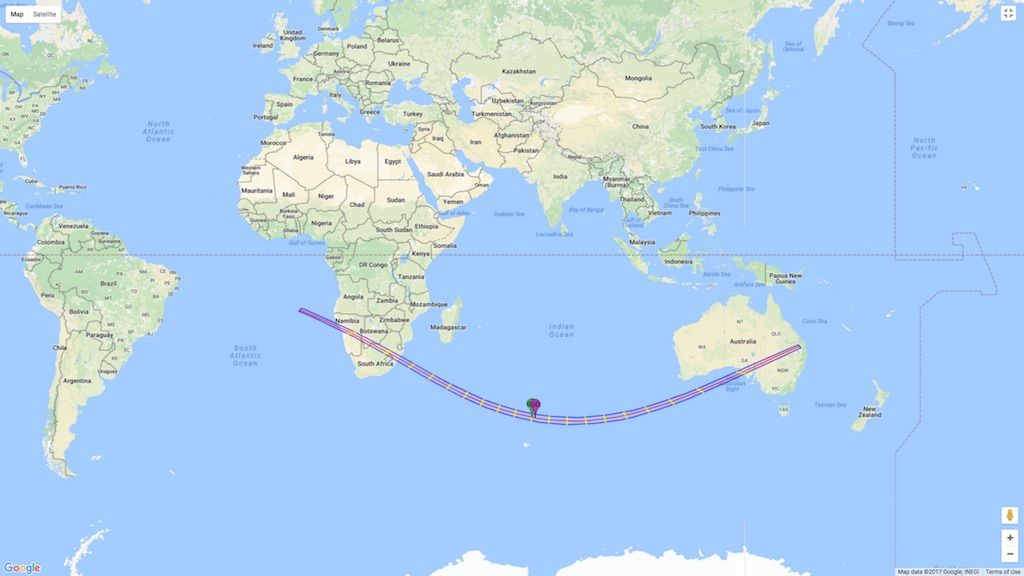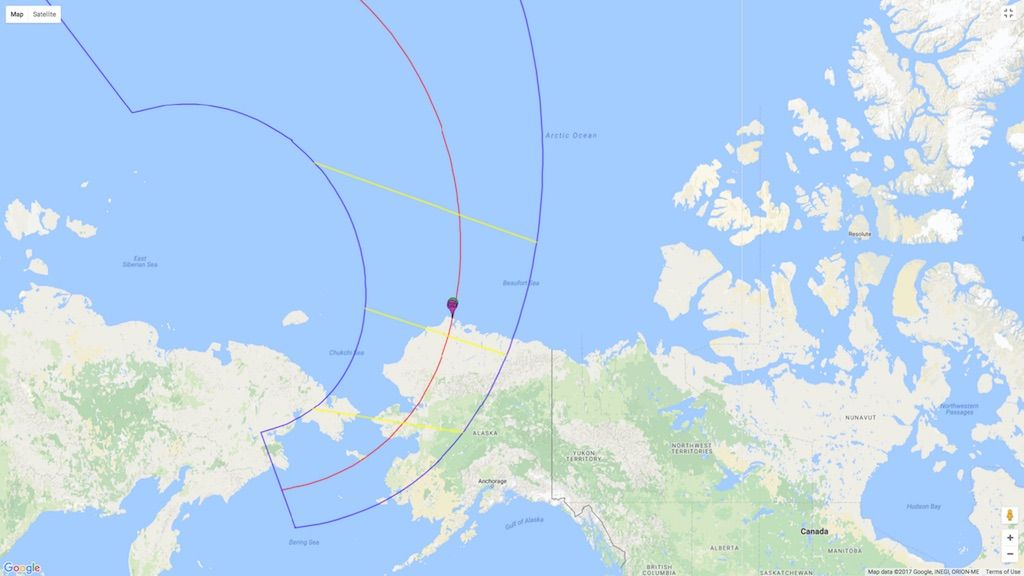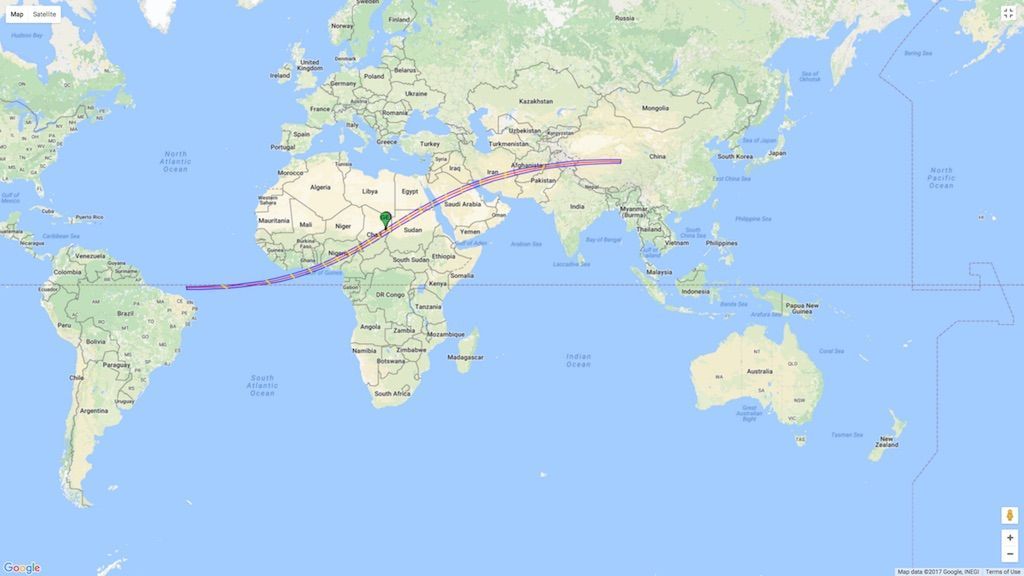Unless you’re from the Arctic Circle, it’s not often you get to stare up at a dark-as-night sky in the middle of the day. This is what makes total solar eclipses so special — and worth planning an astronomy-themed trip to see in person. A total solar eclipse occurs when the moon travels between Earth and the sun, fully blocking out the sunlight for a short span of time. In 2017, the US saw its first total solar eclipse in almost 40 years, wowing spectators from Tennessee to Oregon. If you missed it, don’t fret: Total solar eclipses occur, on average, every 18 months, albeit rarely in the same part of the world twice. These are the next 10 total solar eclipses to mark on your calendar — starting with 2021.
Note: According to NASA, you must be somewhere within the blue lines depicted on each map to see the totality of the sun being covered. All maps are NASA’s. Eclipse Predictions by Fred Espenak, NASA’s GSFC.
